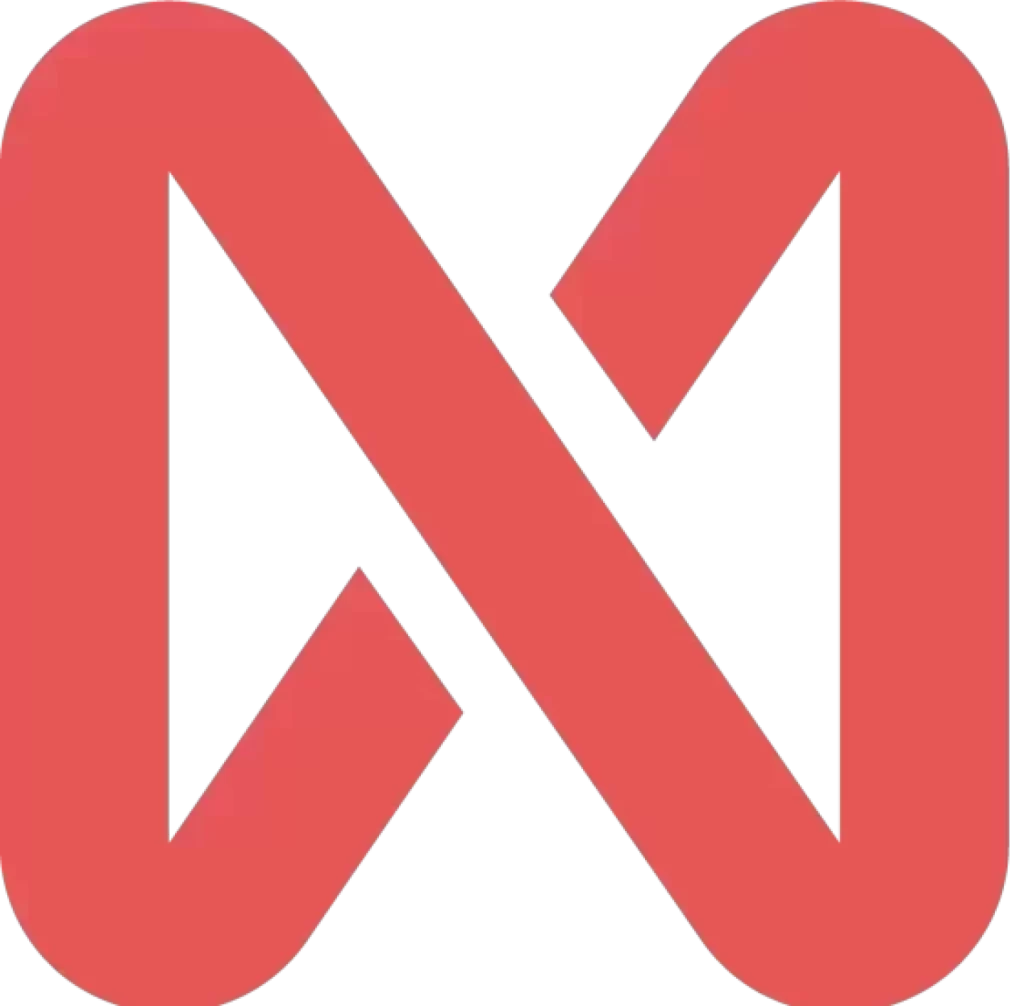Digital transformation is part of everyday financial operations. While apps and digital channels are already routine for banks, many institutions still carry legacy systems responsible for processing the most important business transactions. This is where Core Banking comes in.
If you’re considering modernizing your financial institution’s technology infrastructure or understanding how this can impact your results, this guide will explain the concept, real benefits, and how to implement it successfully.

What is Core Banking?
Core Banking is the set of systems that processes a financial institution’s essential operations. Think of it as the engine that keeps everything running: account opening, transfers, loans, investments, accounting records, and balance control.
The term “CORE” comes from “Centralized Online Real-time Environment,” which accurately describes its purpose, a centralized environment that processes operations in real time, regardless of where the customer is or which channel they use.
When someone makes a transfer through the app, checks their balance at an ATM, or requests a loan at a branch, it’s Core Banking that processes this information behind the scenes. It connects all customer touchpoints and ensures data is always updated and consistent.
The difference between modern Core Banking and legacy systems lies mainly in the architecture. While old platforms operate during restricted hours, process transactions in batches, and struggle to integrate new channels, modern solutions work 24/7, process everything in real time, and easily connect with APIs, apps, and external services.
How does It work?
A modern Core Banking system typically works with microservices and cloud-based architecture. Each function (account management, payment processing, interest calculation) operates as an independent module that communicates with others through APIs.
Imagine a simple transfer between accounts, when the customer confirms the operation in the app, the system checks the available balance, validates the information, debits the source account, credits the destination account, records the transaction in the history, and updates the balances, all within seconds and with complete traceability.
Integration with other systems happens seamlessly. Core Banking connects with digital channels (internet banking, apps), instant payment systems (like Pix), Open Finance platforms, CRM tools, anti-fraud solutions, and much more. This integration capability is fundamental to creating consistent experiences across all touchpoints.

Why implement modern Core Banking?
The digital banking market in Brazil reached US$ 2.33 billion in 2024 and is expected to reach US$ 4.61 billion by 2033, with annual growth of 7.9%, according to IMARC Group (2024). This movement doesn’t happen by chance. Institutions that have modernized their core systems achieve concrete results on several fronts.
Operational agility
Legacy systems process operations in batches, usually at the end of the day or at scheduled times. Modern platforms, however, work in real time. This means transfers, payments, and balance updates happen instantly, without waiting.
McKinsey (2022) points out in its studies that institutions adopting modern Core Banking reduce time-to-market for new products by up to 70%. Being able to launch a new credit modality or investment product in weeks instead of months makes a real difference.
Customer experience
With more than 50% of Brazil’s adult population accessing banking services primarily through mobile phones, according to Brazil’s Central Bank data, the expectation for services available at any time has grown. Modern Core Banking enables 24/7 operations, without business hour limitations.
Additionally, modular architecture facilitates personalization. It’s possible to offer specific products for different profiles, create customized journeys, and quickly adjust offers based on customer behavior.
Cost reduction
A Deloitte study shows that institutions adopting modular cloud-based architectures can reduce operational costs by up to 30%. Savings come from various fronts, whether through less maintenance of legacy systems, reduced need for physical infrastructure, automation of manual processes, or reduction of operational errors.
Outdated platforms require teams specialized in discontinued technologies, which makes operations more expensive. Modern systems use current technologies, facilitate talent recruitment, and reduce dependence on specific vendors.
Compliance and security
Adapting to regulations like LGPD, Central Bank resolutions, and Open Finance requirements is simpler with systems prepared for these demands. Modern Core Banking already comes with integrated security features: advanced encryption, multi-factor authentication, complete audit trails, and fraud prevention tools.
Modular architecture also facilitates updates. When new regulations emerge, it’s possible to adjust specific modules without having to touch the entire system.
Scalability
Growing without having to rebuild the entire infrastructure is a significant advantage. Whether expanding to new regions, increasing the customer base, or launching new products, cloud architecture allows scaling resources according to demand.
Institutions that start small can use the same platform when they grow, just adjusting capacity and functionalities. This ensures continuity and avoids complex migrations in the future.
Main Implementation challenges
Modernizing Core Banking is no simple task. Some challenges deserve special attention during the process.
- Legacy data migration is often the most critical point. Years of accumulated information need to be transferred. Inconsistent data can complicate the process.
- Integration with current systems also requires care. The new Core Banking needs to temporarily coexist with legacy systems, external APIs, and processes that cannot stop.
- Cultural change directly affects project success. Teams accustomed to established processes need to learn new ways of working.
- Risk management during transition is fundamental. Strategies like parallel environments, gradual customer migration, and intensive testing help minimize problems.
- Choice of project also impacts. More than half of medium-sized banks prefer progressive transformation. This “sidecar” strategy allows implementing the new system for specific segments before migrating the entire base.
How NextAge can help
Developing and implementing modern Core Banking requires experience in complex architectures, data security, and system integration. NextAge works precisely with these challenges.
Our work with specialized squad allocation allows your institution to have access to professionals experienced in financial technologies. We work integrated with your team, understanding the business particularities and ensuring the solution meets real needs.
In the referential scope development model, we combine cost predictability with flexibility for adjustments. Core Banking projects often need adaptations during execution, and our approach allows doing this without compromising deadlines or budget.
Beyond initial development, we offer continuous support. Financial systems need to work 24/7, and having a partner prepared to solve incidents, implement improvements, and ensure constant performance makes a difference in day-to-day operations.
Our experience with agile methodologies adapted to the financial sector helps balance delivery speed with necessary controls in regulated environments. We understand that each sprint needs to consider security, compliance, and stability.

Trends and the future of Core Banking
The financial sector continues to evolve rapidly, and some trends are already beginning to shape the future of Core Banking systems:
- Open Banking and open APIs are democratizing access to financial services. Open Finance already has more than 40 million active consents in Brazil, and modern Core Banking needs to be prepared to share data and consume third-party services securely.
- Artificial Intelligence is being applied directly to operations. From real-time credit analysis to fraud detection and offer personalization.
- Banking as a Service (BaaS) allows non-financial companies to offer banking services.
- Blockchain and decentralized finance are beginning to influence traditional operations. Although still in early stages in core banking, distributed ledger technologies can bring more transparency and efficiency to certain operations.
Core banking with NextAge
Modern Core Banking has gone from being a differentiator to becoming a necessity. The Core Banking software market in Brazil is expected to grow from US$ 413.2 million in 2023 to US$ 875.3 million in 2030, according to Grand View Research projections (2025), reflecting the modernization movement happening in the sector.
Institutions still operating with legacy systems face increasingly evident limitations: difficulty launching products, high operational costs, customer experience below expectations, and challenges meeting new regulations.
The good news is there are paths for this transformation. Shall we talk about how to modernize your institution’s core? NextAge is ready to develop a project that considers your needs, technical challenges, and business objectives. Get in touch and schedule a no-obligation conversation.



